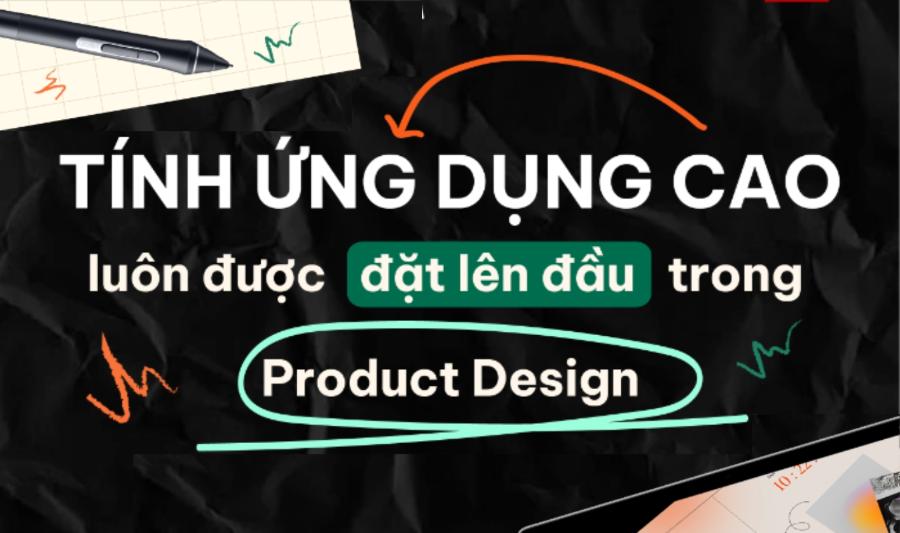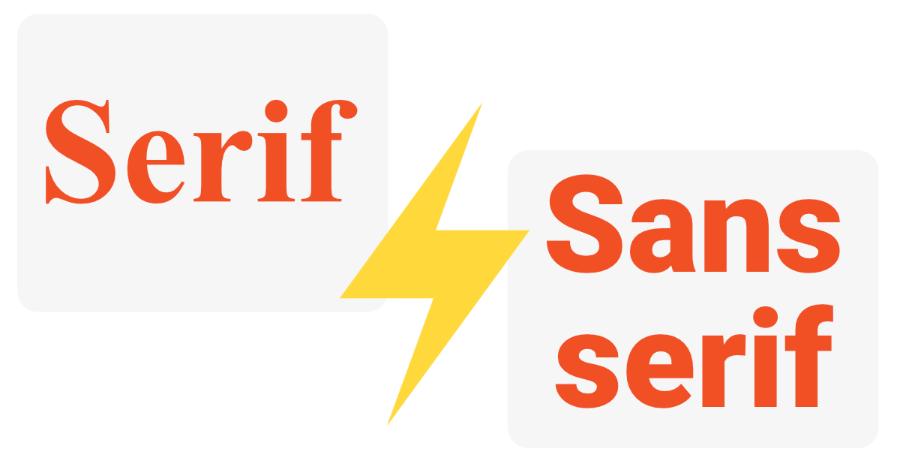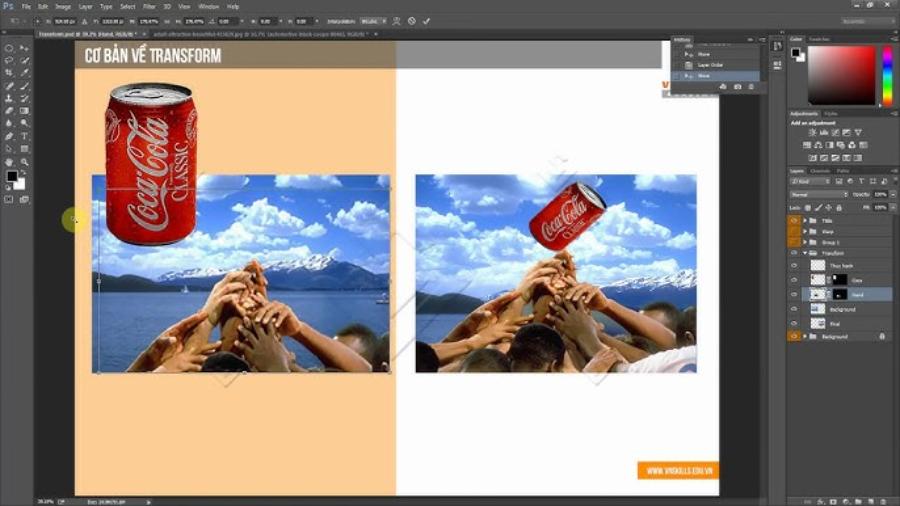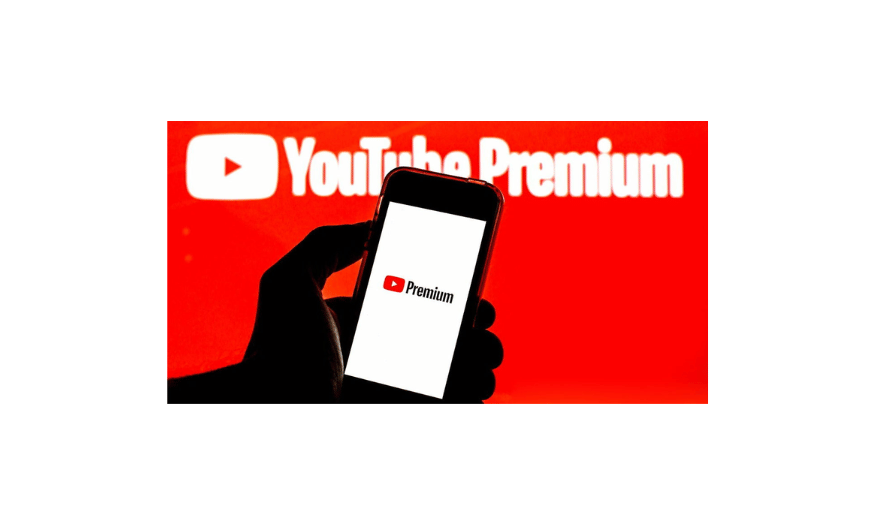Best Selling Products
Discover Product Design: Essential Knowledge and Secrets to Becoming an Excellent Product Designer
Nội dung
- 1.What is Product Design?
- 2. Roles and responsibilities of a Product Designer
- 2.1 User and market research
- 2.2 Prototyping
- 2.3 User Experience Design (UX)
- 2.4 User Interface (UI) Optimization
- 2.3 Teamwork and coordination with other departments
- 3. Skills needed to become a Product Designer
- 3.1 User research skills
- 3.2 Ability to create models and designs
- 3.3 Understanding of UX/UI
- 3.4 Knowledge of Technology
- 3.5 Strategic Thinking
- 3.6 Using Design Tools
- 3.7 Communication and teamwork skills
- 3.8 Problem solving ability
- 3.9 Knowledge of technology
- 4. The Secret to Becoming an Excellent Product Designer
- 5. Essential tools and software for a Product Designer
- 6. Career opportunities and prospects in the Product Design industry
- 7. Conclusion
Explore the world of Product Design and what it takes to become a professional Product Designer. From essential elements to essential skills, this article provides insights to help you build a career in product design.

Product Design is an increasingly important profession in the creative and technological economy. In the modern world, continuous innovation in products is indispensable for the role of Product Designers - the people behind quality products, meeting real needs and providing optimal user experiences. However, to become a successful Product Designer, you need to clearly understand the nature of the job and the necessary skills. In this article, sadesign will help you understand Product Design and the important factors to start a career in this field.
1.What is Product Design?
Product Design is the process of creating and developing products to meet user needs while ensuring technical feasibility and manufacturability. It involves more than just creating the product’s form; it also involves optimizing the user experience (UX), ensuring the product’s functionality works smoothly, and making it cost-effective to produce.
.jpg)
In the modern context, Product Design is often associated with digital products such as mobile applications, websites, software or user experience systems. A Product Designer must work from the initial idea to the finished product, including stages such as market research, prototyping, testing and finalizing the design. All must aim to create a valuable and competitive product in the market.
2. Roles and responsibilities of a Product Designer
In the field of product design, a Product Designer has many important roles. Here are some of the main responsibilities that a person doing this job needs to take on:
2.1 User and market research
Before embarking on a design project, user and market research is essential. Product Designers need to understand customer needs, market trends, and the problems the product will solve. This helps shape the direction of the design process and ensures that the resulting product is relevant and useful.
2.2 Prototyping
A Product Designer can’t just work with abstract ideas. They need to turn these ideas into prototypes to test and refine. These prototypes can be paper sketches, 2D graphic designs, or interactive 3D models.
2.3 User Experience Design (UX)
User experience is an important factor in product design. A good design is not only beautiful but also easy to use and brings satisfaction to the user. Researching user behavior and reactions to the product is an integral part of the work of a Product Designer.
2.4 User Interface (UI) Optimization
The user interface (UI) is the most visual element of a product. A good UI design should ensure ease of use while also being compatible with modern aesthetic trends. Elements such as color, font, images, and the arrangement of interface components will directly affect the user experience.
2.3 Teamwork and coordination with other departments
Product Design is not a one-man job. Product Designers often work with other departments such as software engineers, product developers, marketing, and other stakeholders to ensure that the product not only meets user requirements but is also technically and financially feasible.
3. Skills needed to become a Product Designer
.jpg)
To be successful in Product Design, one needs a combination of creativity, problem-solving skills, and a deep understanding of technology. Here are the basic skills that a Product Designer needs:
3.1 User research skills
A good Product Designer knows how to research and understand their users. This includes using research tools such as surveys, interviews, and user behavior analysis. This helps the designer understand the wants, needs, and problems of the users, thereby coming up with appropriate design solutions.
3.2 Ability to create models and designs
Prototyping is the next step after coming up with an idea. Tools like Figma, Sketch, and Adobe XD are popular design software that help designers build prototypes, interfaces, and product design elements. Proficiency in these tools is an essential part of the profession.
3.3 Understanding of UX/UI
Knowledge of user experience (UX) and user interface (UI) is one of the most important skills for a Product Designer. UX design focuses on how a user feels when using a product, while UI deals with how interface elements are arranged to make it easy for users to interact with them.
3.4 Knowledge of Technology
In a digital environment, having a grasp of basic technologies like HTML, CSS, or an understanding of the software development process will help you communicate more effectively with developers.
3.5 Strategic Thinking
A good Product Designer must not only focus on design but also understand the business goals of the company. This requires you to have the ability to think strategically to come up with suitable solutions.
3.6 Using Design Tools
.jpg)
Tools like Figma, Sketch, Adobe XD or Photoshop are great tools to help you bring your design ideas to life.
3.7 Communication and teamwork skills
Since Product Designers work with many different departments within a company, communication and collaboration skills are essential. They need to be able to present ideas clearly, receive feedback from colleagues, and modify designs to meet stakeholder requirements.
3.8 Problem solving ability
During the product design process, Product Designers will encounter many difficult problems, from user experience issues to technical issues. Finding creative solutions to these problems is an important skill.
3.9 Knowledge of technology
Product Designers need to have a basic understanding of technology, especially the fundamentals of web or app programming. This helps them understand the limitations and capabilities of a product, and design products that can be implemented effectively.
4. The Secret to Becoming an Excellent Product Designer
.jpg)
a. Always Learn and Update Trends
Product design is a constantly changing field. Stay up to date with the latest trends, take online courses, or read professional books to improve your knowledge.
b. Building an Impressive Portfolio
A portfolio is the best way to showcase your abilities to an employer or client. Make sure each project in your portfolio is clearly presented, emphasizing the design process and the results achieved.
c. Effective Teamwork
Product Design is not only an individual job but also requires cooperation with many other departments such as product development, marketing or project management. Communication and teamwork skills are indispensable factors.
d. User-Centric
Always ask yourself: “What do users need?” and “How can we solve their problems?”. A user-centric mindset will help you create truly valuable products.
e. Accept Feedback and Continuously Improve
Feedback from users or peers is a valuable source of information to help you hone your skills and improve your product. Don't be afraid to experiment and tweak to get better results.
5. Essential tools and software for a Product Designer
To become an effective Product Designer, you need to be familiar with design tools and software. Some popular tools today include:
.jpg)
Figma : This is a powerful interface design and prototyping tool that allows designers to work in teams easily.
Sketch : This software is mainly used in user interface (UI) design for applications and websites.
Adobe XD : Adobe 's powerful tool that supports both interface design and interactive prototyping.
InVision : A UX/UI design tool for creating visual prototypes and interactions.
Axure RP : Powerful tool for designing prototypes and simulating complex interactions.
6. Career opportunities and prospects in the Product Design industry
The Product Design industry not only has strong growth potential in the present but also has great prospects in the future. With the explosion of technology and the increasing demand for products that meet user needs, the role of the Product Designer will become increasingly important.
Job Opportunities : Technology companies, startups, and large enterprises all need product design experts to develop their products. With the strong development of industries such as information technology, consumer electronics, and mobile applications, job opportunities for Product Designers are very diverse.
Attractive salary : The salary of a Product Designer can range from 10 million to 50 million VND/month, depending on experience and job position. Experienced and highly skilled designers often receive very attractive salaries, along with other benefits.
7. Conclusion
Product Design is a challenging yet exciting field, especially for those who are passionate about creativity and want to change the world through design products. To become a successful Product Designer, you need patience, user research skills, and the ability to work effectively in a team. Moreover, constantly learning and familiarizing yourself with new technologies will help you stay competitive in an ever-evolving industry.












































